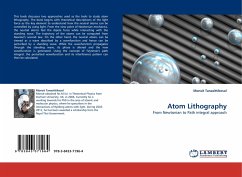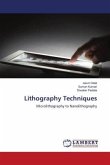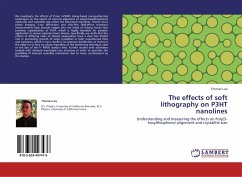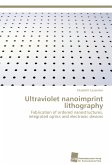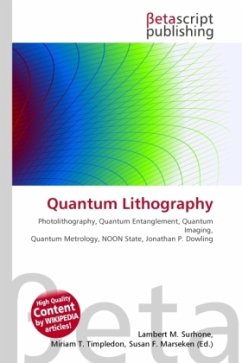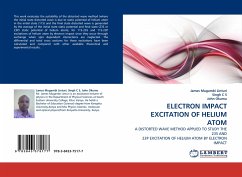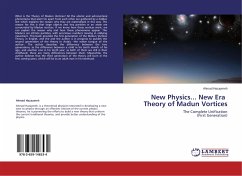This book discusses two approaches used as the tools to study atom lithography. The book begins with theoretical descriptions of the light force as the key element to understand how the neutral atoms can be controlled by using light. From the view point of Newtonian mechanics, the neutral atoms feel the dipole force while interacting with the standing wave. The trajectory of the atoms can be computed from Newton's second law. On the other hand, the neutral atoms can be viewed as a wave described by a wavefunction and hence can be perturbed by a standing wave. While the wavefunction propagates through the standing wave, its phase is altered and the new wavefunction is generated. Using the concept of Feynman's path integral, the perturbed wavefunction and its interference pattern can then be calculated.
Bitte wählen Sie Ihr Anliegen aus.
Rechnungen
Retourenschein anfordern
Bestellstatus
Storno

